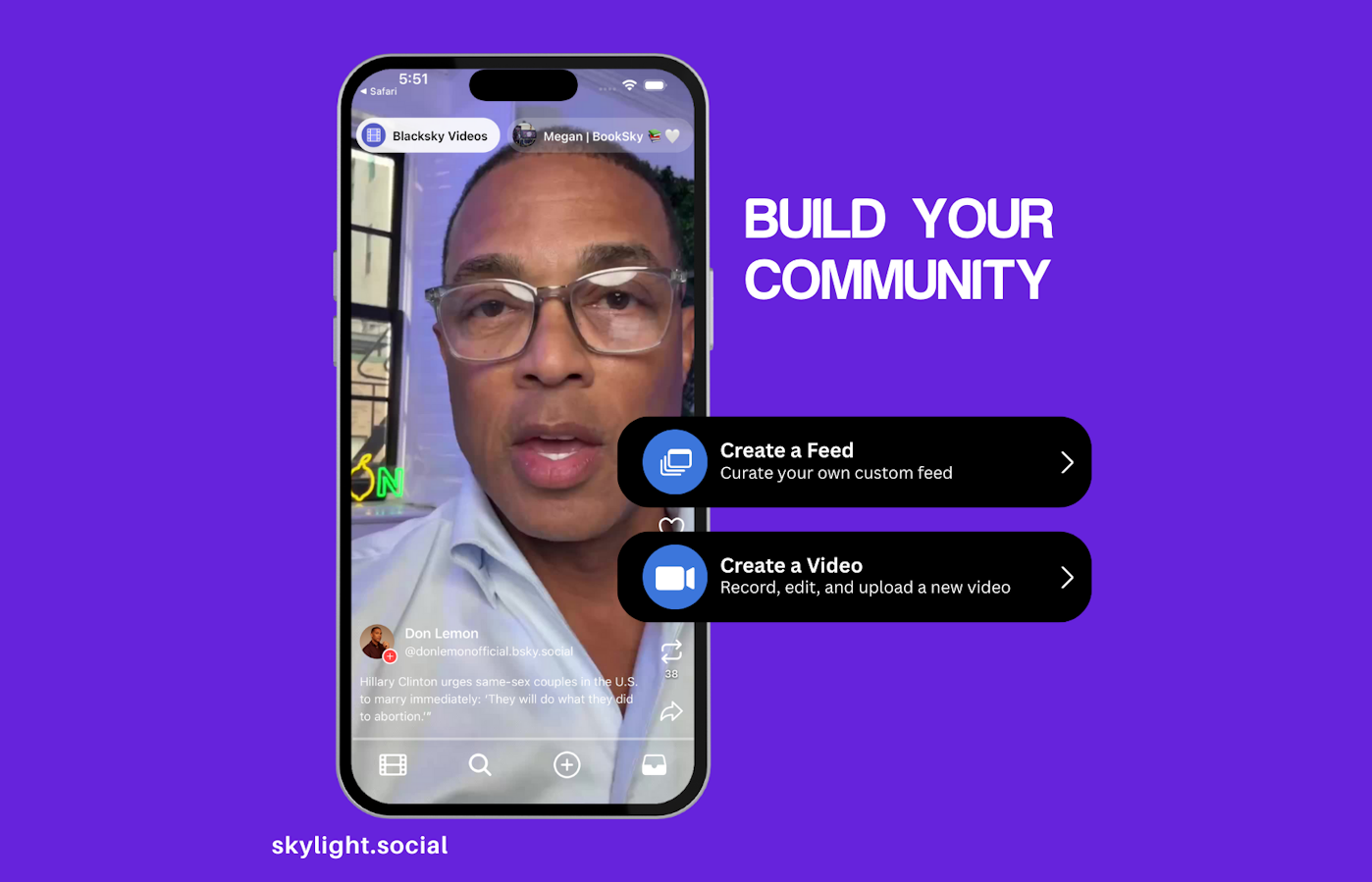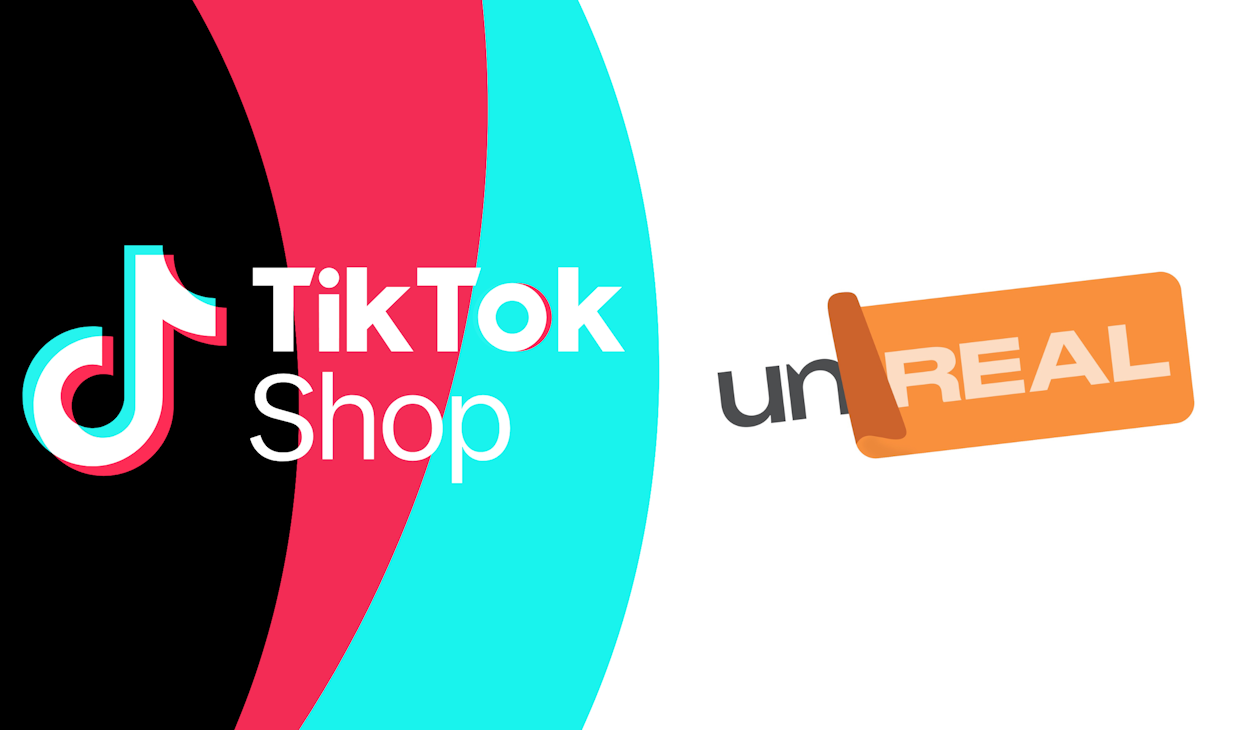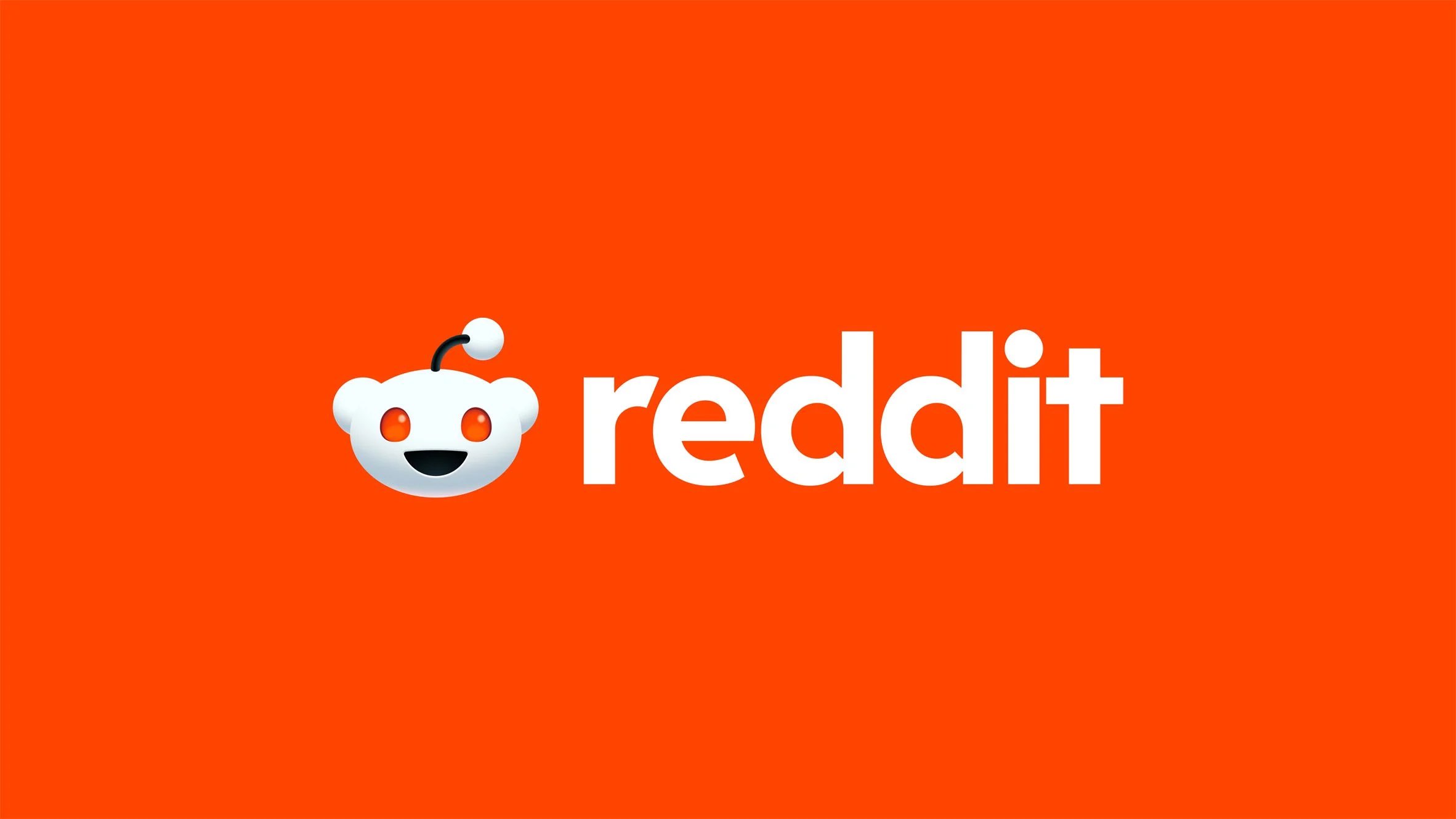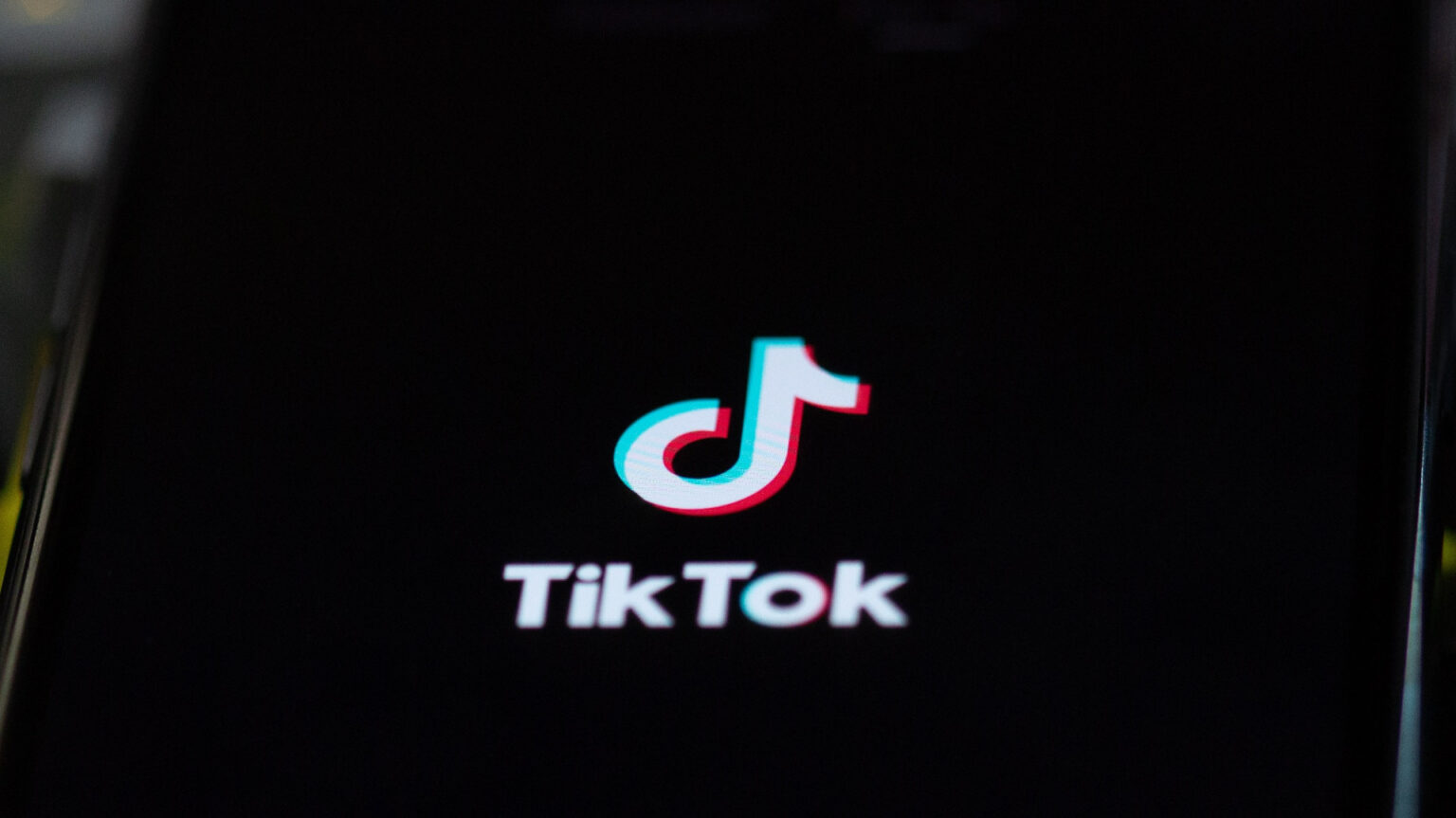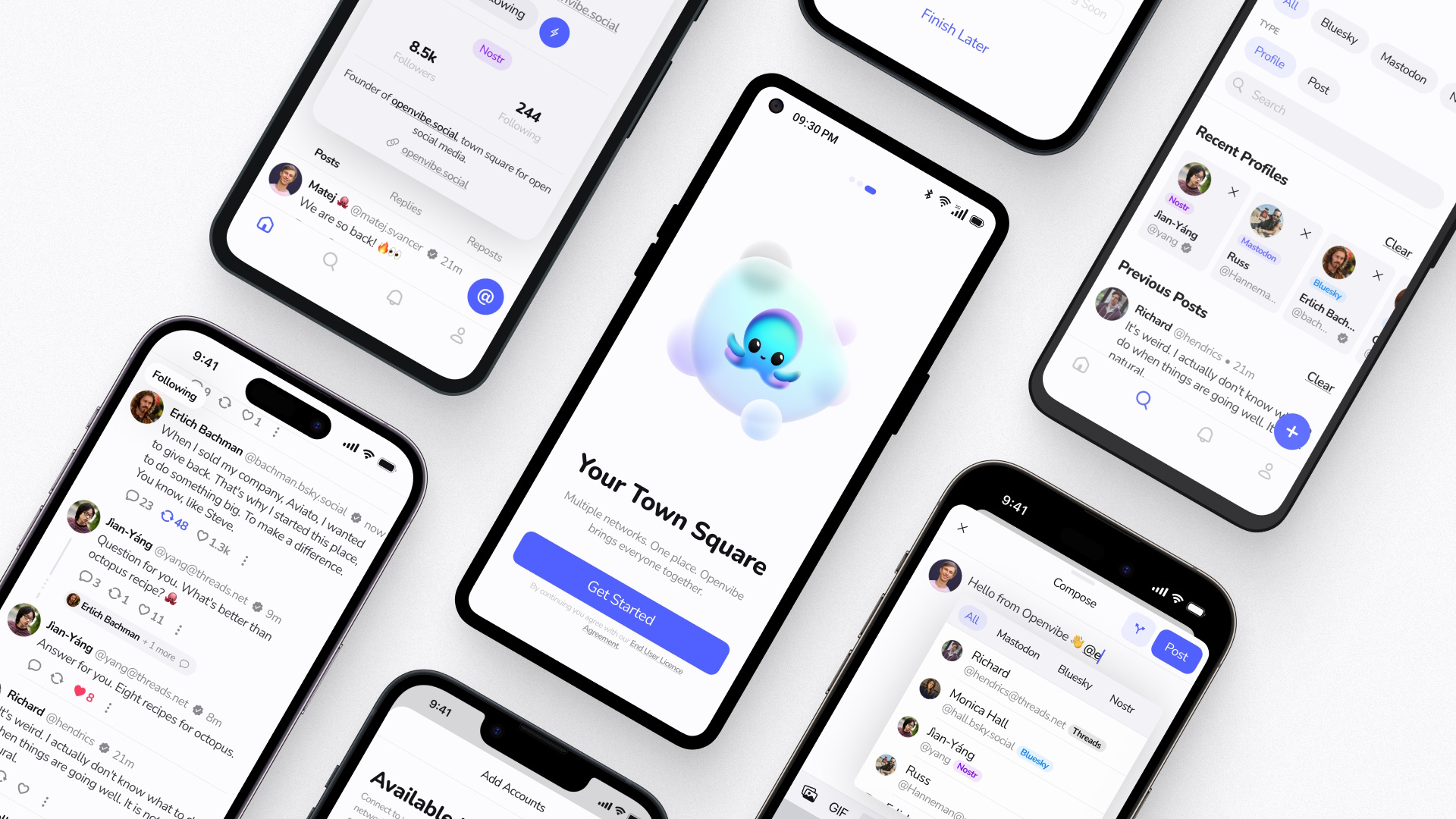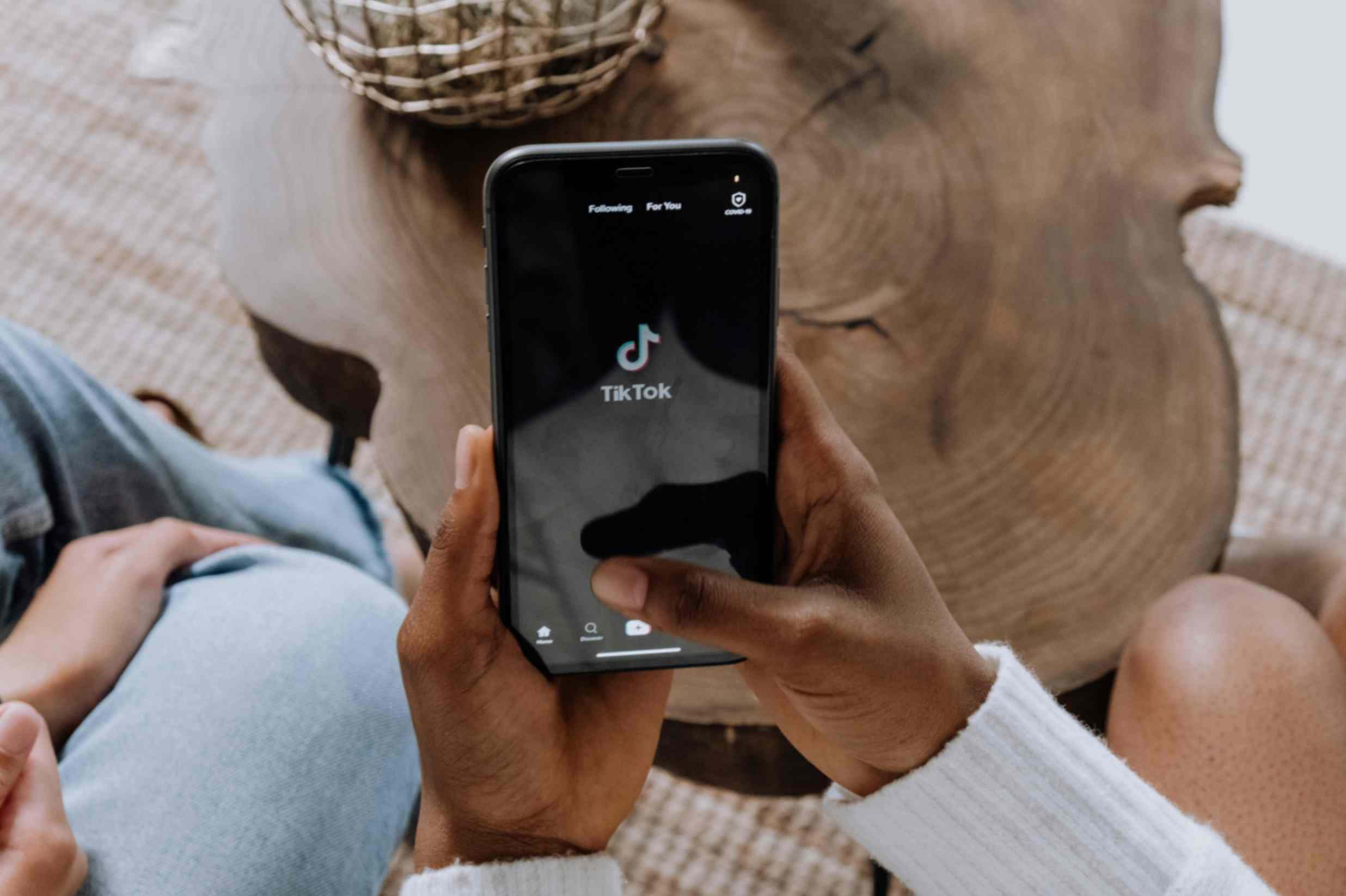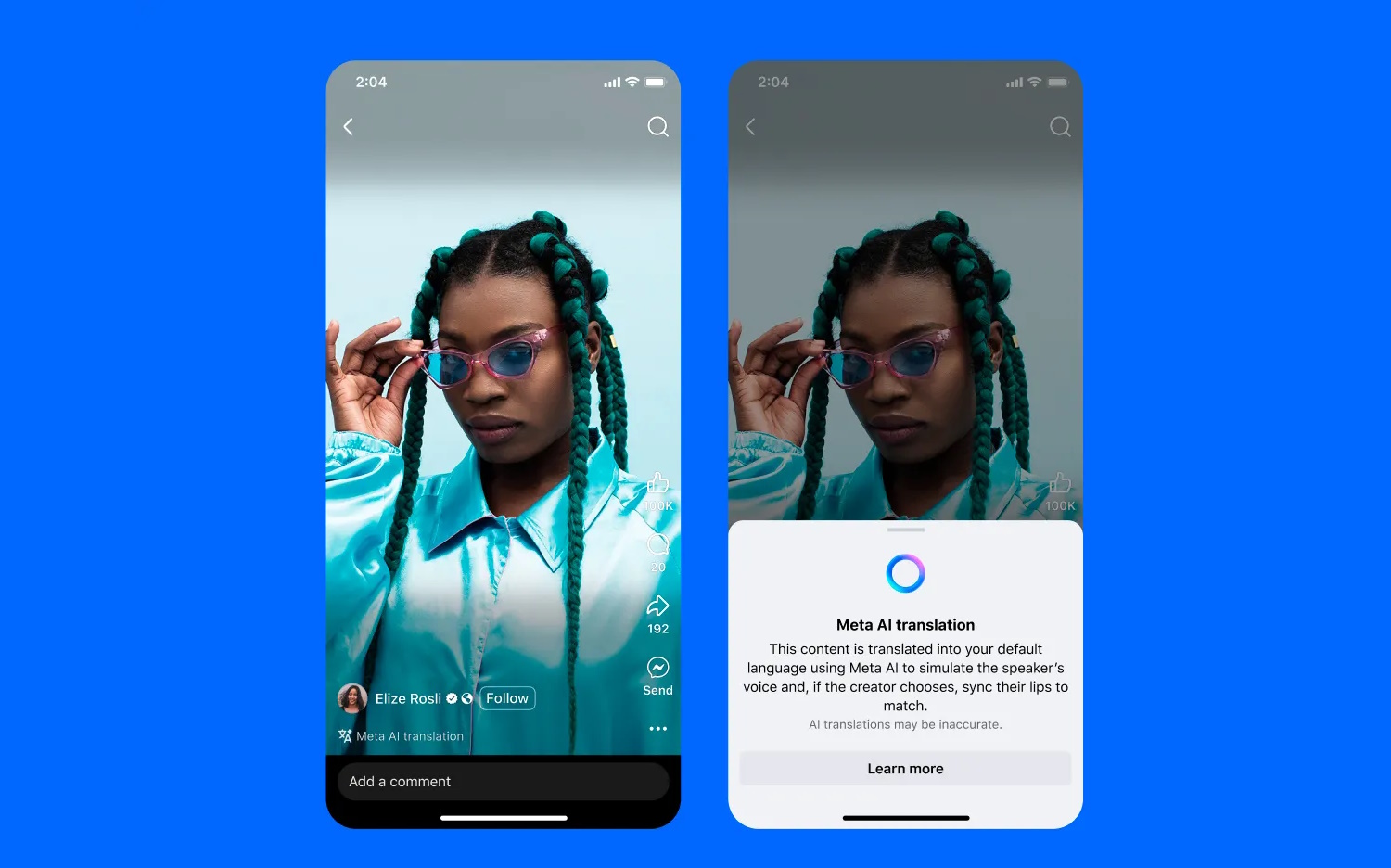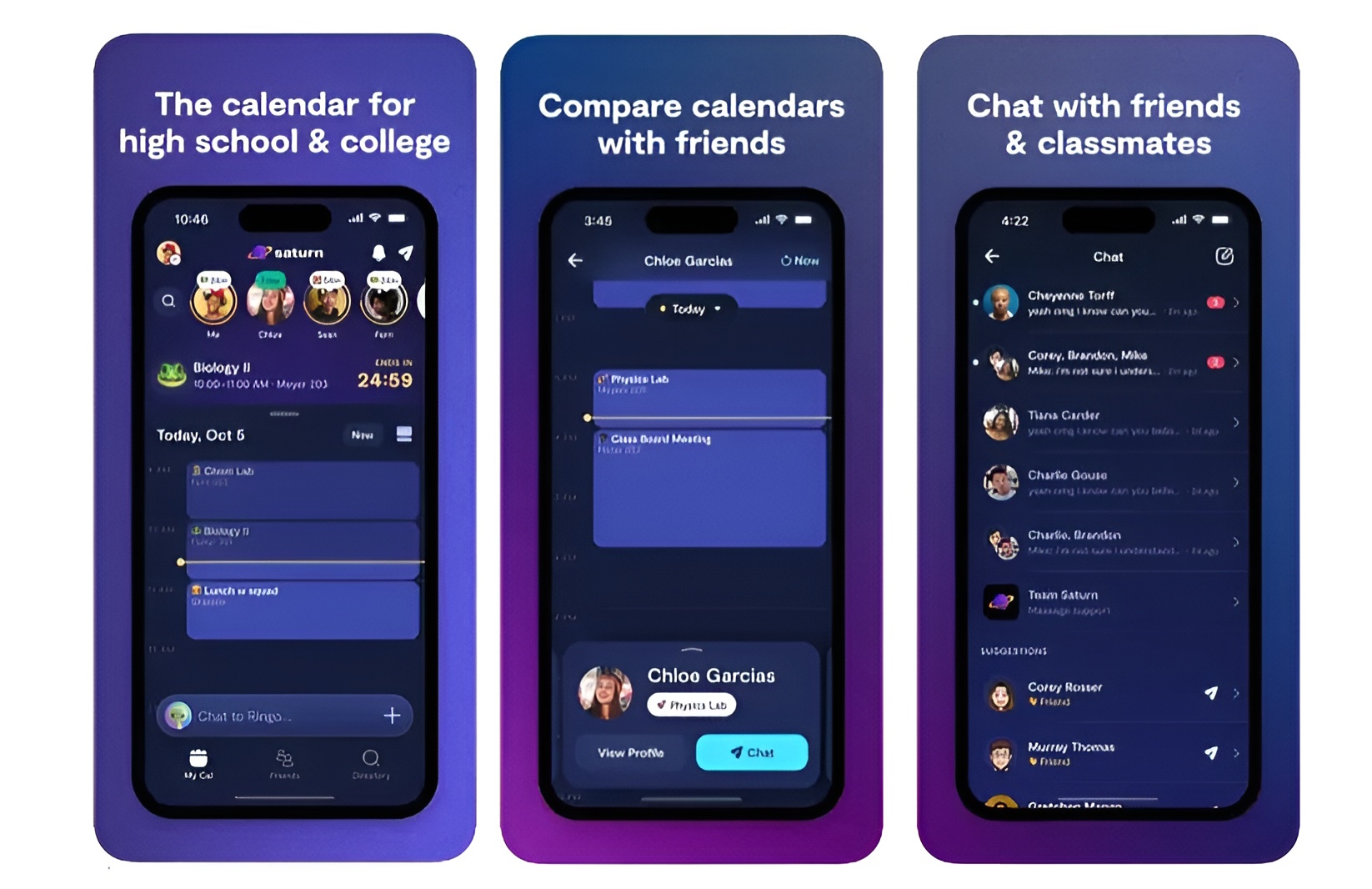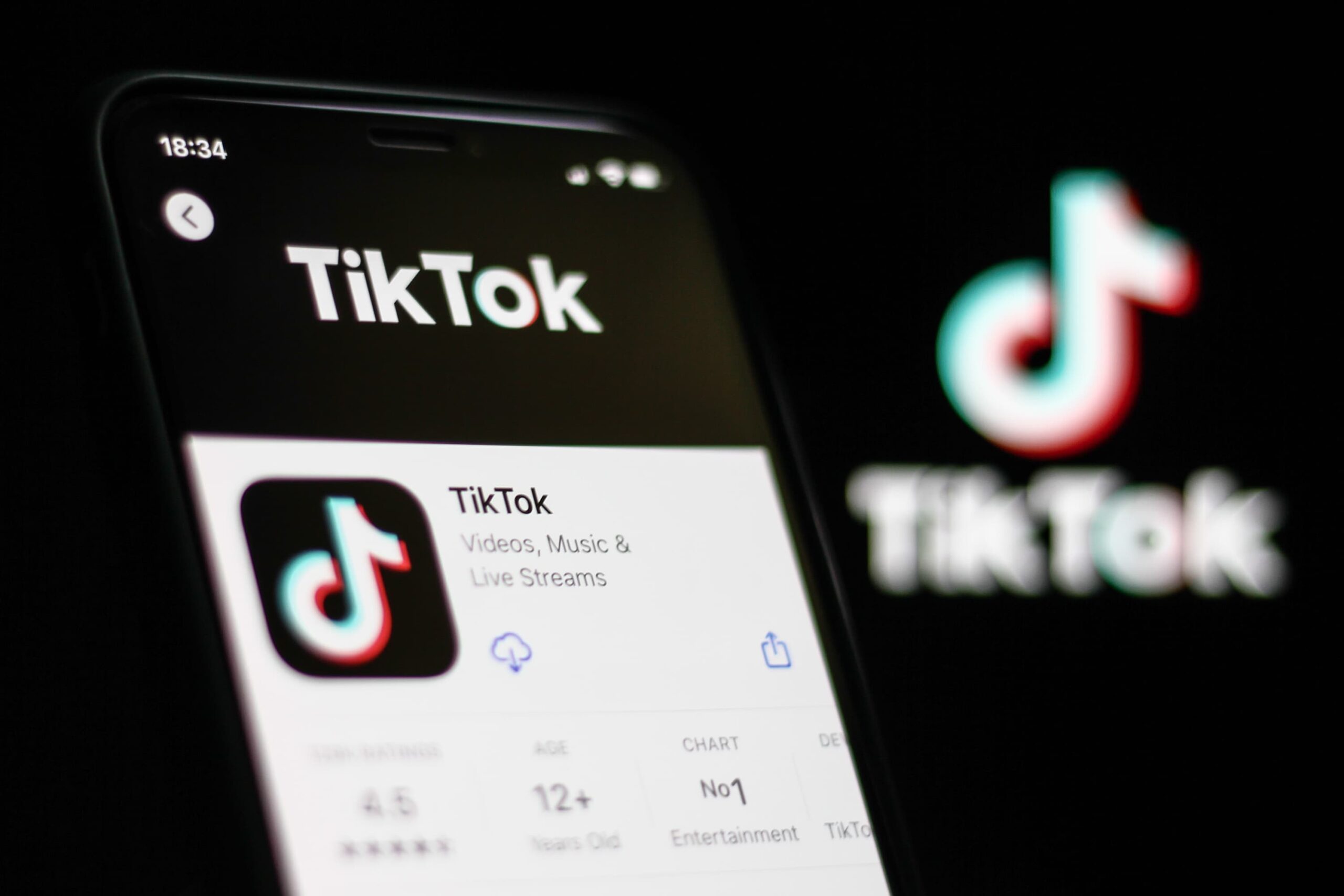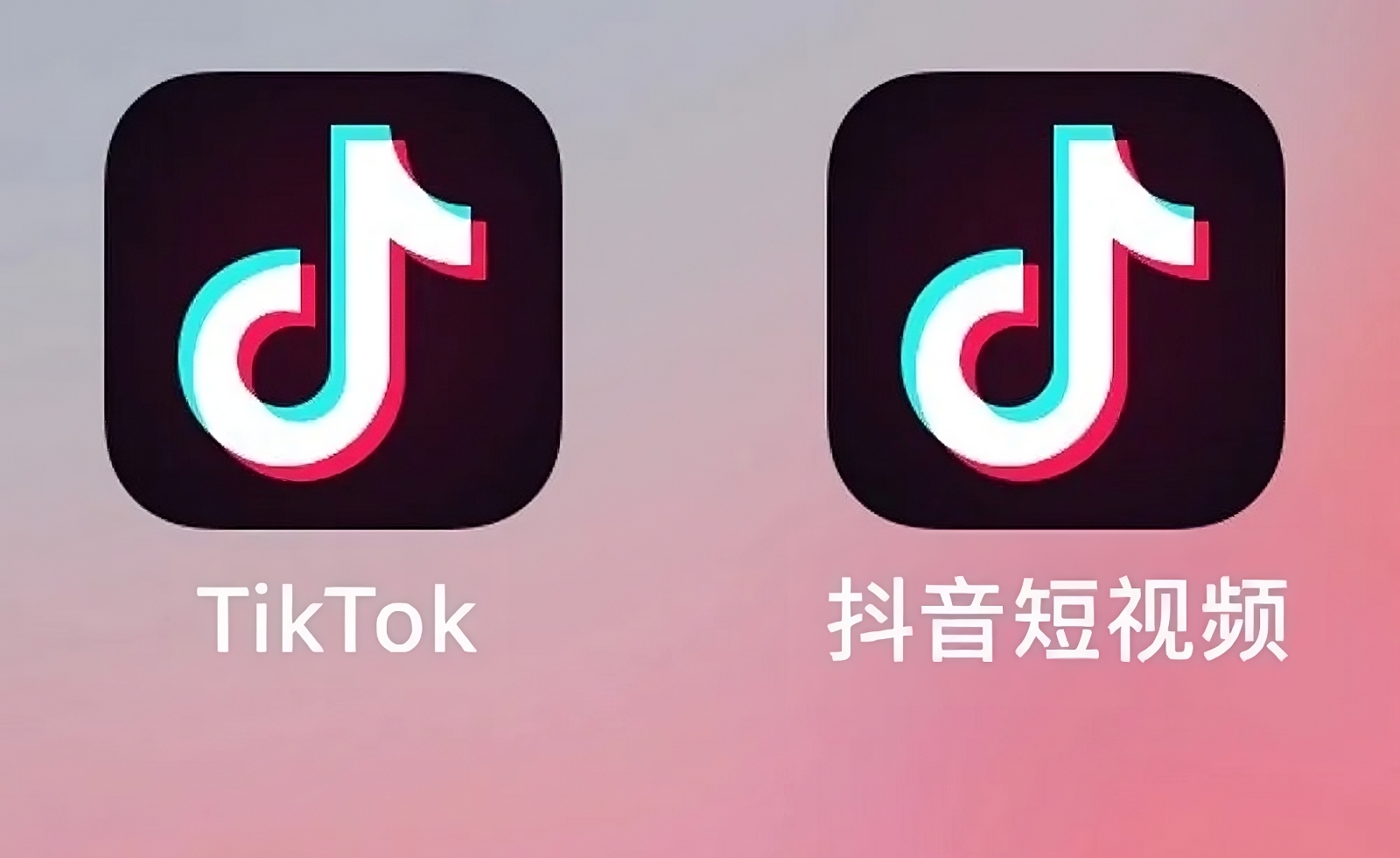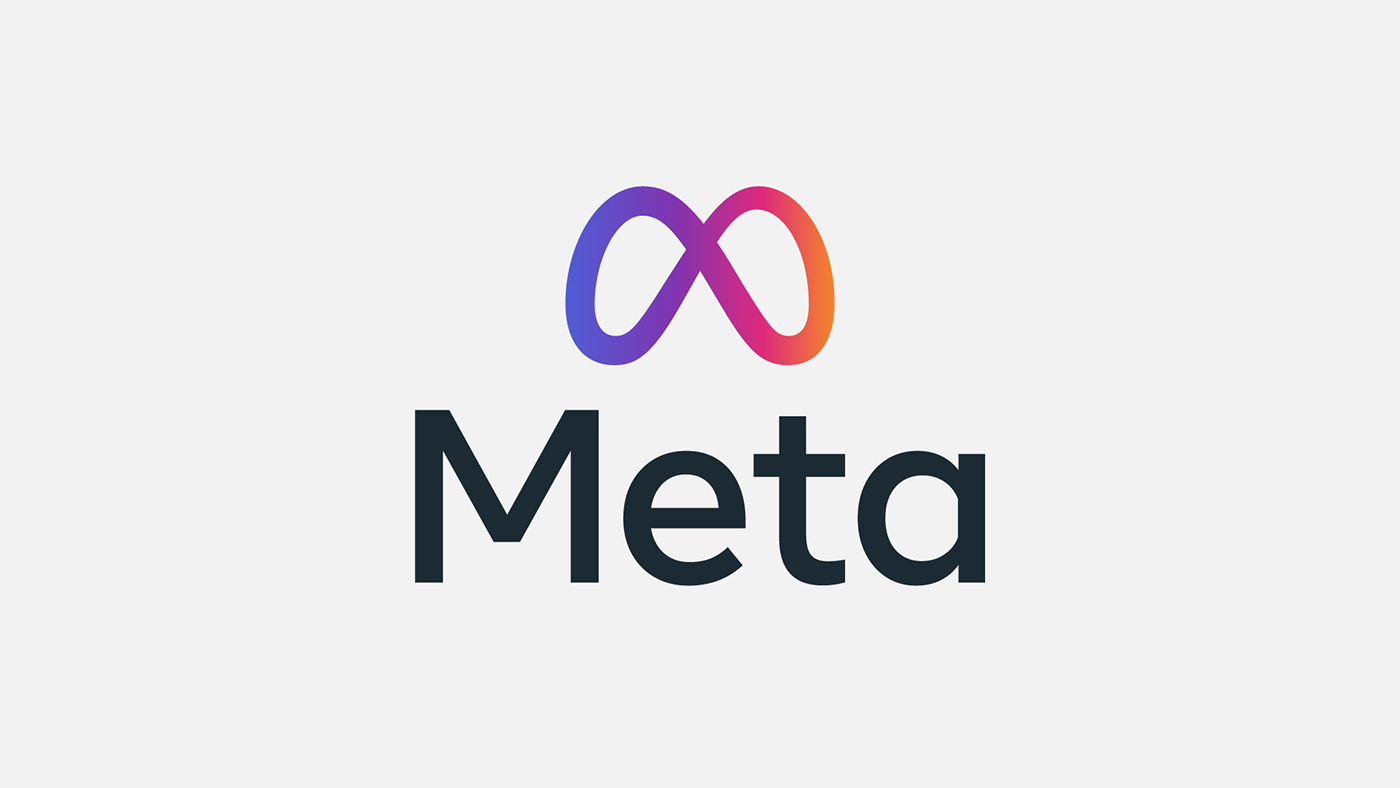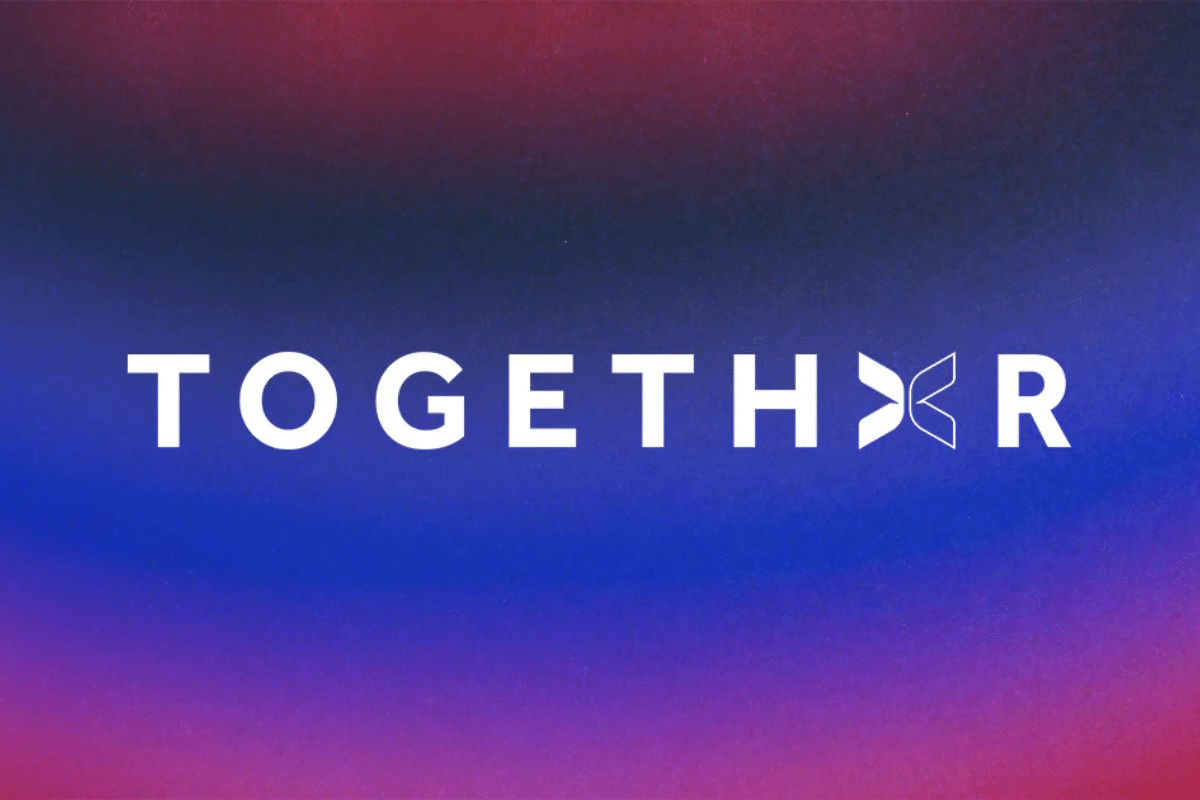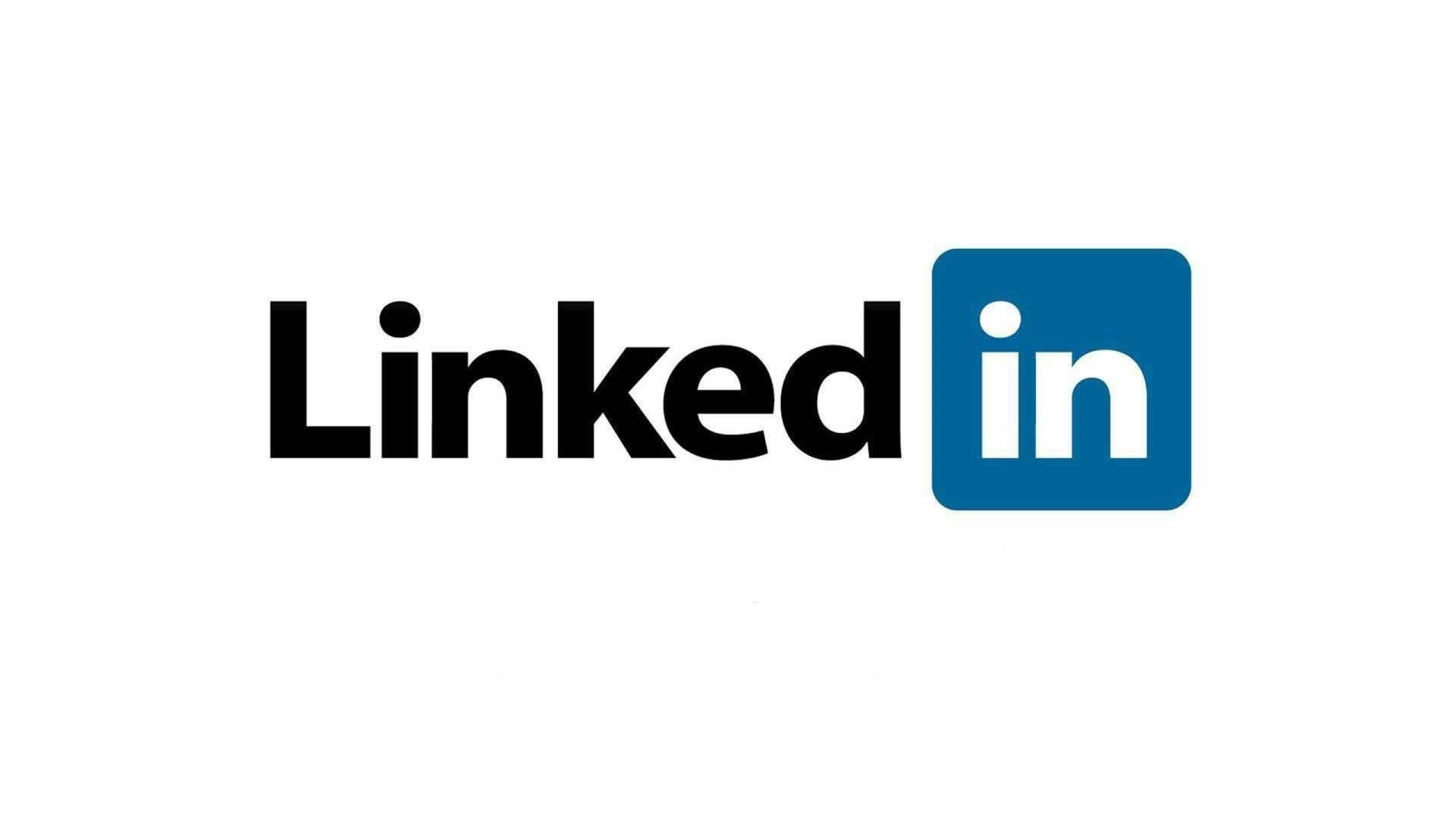YouTube has begun rolling out machine learning–based age estimation in the U.S. to better identify **** users and apply tailored safeguards – even when account holders provide adult birthdates. The system evaluates user behaviour such as video viewing patterns, search habits, and account longevity to judge if someone is likely under 18.
Accounts flagged as ****s will automatically gain access to existing protections: personalized ads are disabled, specific types of content are limited (including videos related to body image or social aggression), and tools like bedtime and screen‑time reminders are activated. If a user is mistakenly categorized as a minor, they can verify their age by submitting a photo ID, credit card, or a selfie. Those verified as adults will regain access to standard content and full account features.
This rollout is part of YouTube’s ongoing effort to expand **** protections: the platform previously launched YouTube Kids in 2015, supervised accounts in 2024, and earlier safeguards limiting repeated exposure to certain content starting in 2023. The feature is currently being tested on a limited number of U.S. users, with broader implementation planned after monitoring performance.
While these protections could enhance safety for younger users, critics warn the approach may raise privacy concerns due to its inference-based nature. Additionally, content creators may see reduced reach and ad revenue for audiences classified as ****s, since those accounts are not served personalized advertisements – which could be a notable problem for the large number of creators that primarily target **** audiences and below.
